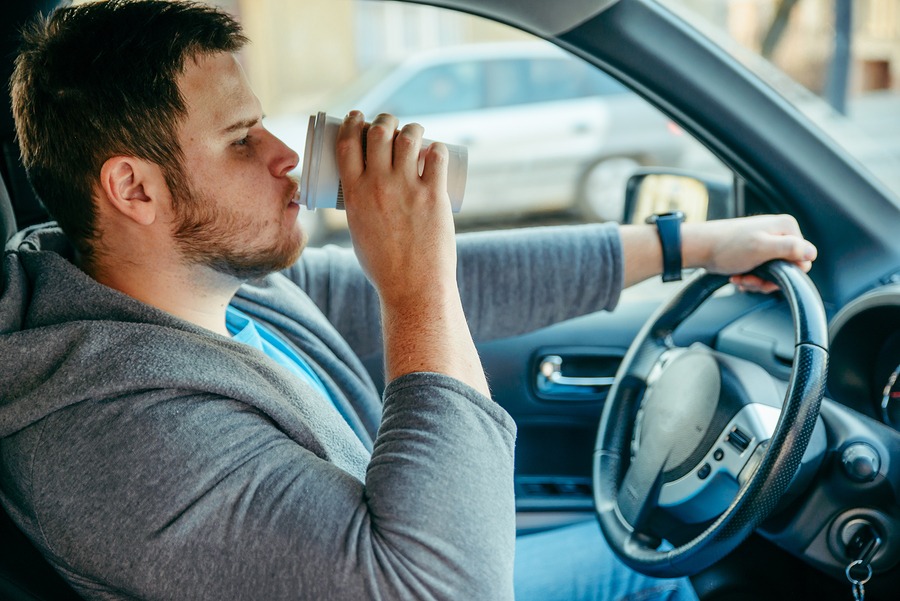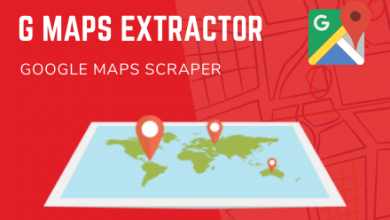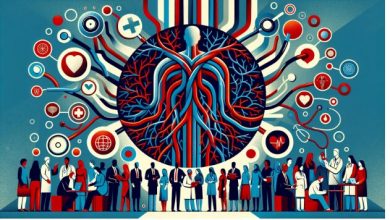The Rise of Distracted Driving: Its Impact on Personal Injury Cases

Distracted driving, once considered a mere inconvenience, has now escalated into a full-fledged epidemic, contributing to a staggering increase in traffic accidents and personal injury cases. This alarming trend has not gone unnoticed. Lawmakers, safety advocates, and legal professionals alike are grappling with the multifaceted challenges posed by this modern-day menace, seeking to curb its impact and protect innocent lives. In this in-depth exploration, we’ll navigate the complex terrain of distracted driving, examining its various manifestations, its profound impact on personal injury cases, and the legal ramifications that ripple through the lives of those affected.
Understanding Distracted Driving
Distracted driving is any activity that diverts a driver’s attention away from the primary task of safely operating a motor vehicle. It’s a multifaceted phenomenon, encompassing a wide range of actions that can compromise a driver’s focus and reaction time. Visual distractions, such as glancing at a text message, fiddling with the GPS, or even admiring a scenic vista, can momentarily blind a driver to potential hazards on the road. Manual distractions, like reaching for a coffee cup, eating a snack, or adjusting the radio, can lead to a loss of control of the vehicle. And then there are cognitive distractions – those insidious mental diversions that pull a driver’s thoughts away from the road, whether it’s daydreaming, engaging in a heated conversation with a passenger, or grappling with emotional turmoil. Any of these distractions, alone or in combination, can significantly impair a driver’s ability to react swiftly and appropriately to the ever-changing traffic environment.
The proliferation of smartphones and other portable electronic devices has undoubtedly fueled the surge in distracted driving incidents. Texting while driving, in particular, has emerged as a dangerous form of distraction, as it combines all three types: visual, manual, and cognitive. The allure of staying connected, checking notifications, or responding to messages can be difficult to resist, but the consequences can be catastrophic. Remember that even seemingly innocuous activities, such as eating, drinking, or conversing with passengers, can significantly compromise a driver’s attention and reaction time. In the fast-paced world of traffic, even a momentary lapse in focus can have devastating consequences.
The rise of distracted driving has cast a dark shadow over our roads, contributing to a surge in traffic accidents and personal injuries. The statistics paint a grim picture. According to the National Highway Traffic Safety Administration (NHTSA), distracted driving claimed the lives of 3,142 individuals in 2020 alone. Countless others suffered severe injuries, leaving them with physical pain, emotional trauma, and lots of medical bills. The human cost of distracted driving is immeasurable, leaving families shattered and communities grappling with the aftermath of preventable tragedies.
Distracted driving cases often present a complex web of liability issues that can be challenging to untangle. Determining fault can be a convoluted process, particularly when multiple parties are involved or when the evidence is ambiguous or contradictory. Proving that a driver was distracted at the precise moment of the accident often requires meticulous investigation and analysis. This may involve scrutinizing phone records, interviewing witnesses, and reconstructing the accident scene to piece together the sequence of events.
Distracted driving accidents usually result in more severe injuries than those caused by other factors. The delayed reaction times and impaired judgment associated with distracted drivers often lead to high-impact collisions, resulting in catastrophic injuries such as traumatic brain injuries, spinal cord injuries, and broken bones. These injuries can necessitate extensive medical treatment, lengthy rehabilitation, and a lifetime of physical limitations and emotional scars. The financial burden of such injuries can be overwhelming, encompassing not only medical expenses but also lost wages, diminished earning capacity, and the cost of ongoing care.
The Role of Technology
Technology, while a primary contributor to the distracted driving epidemic, also holds the potential to offer solutions. Advanced driver-assistance systems (ADAS), such as lane departure warnings, blind spot monitoring, and automatic emergency braking, can serve as a valuable safety net, mitigating the risks associated with distracted driving. These systems can alert drivers to potential hazards, provide warnings when they drift out of their lane, and even intervene to prevent or mitigate collisions. However, these technologies are not infallible and should never be viewed as a substitute for attentive driving. They are designed to assist, not replace, a vigilant and responsible driver.
Technology also plays a critical role in the investigation and litigation process. Cell phone records, GPS data, and even the vehicle’s “black box” can provide a lot of information about a driver’s actions and distractions leading up to the crash. This digital footprint can be instrumental in establishing negligence and holding the responsible party accountable. Experienced personal injury lawyers are well-versed in leveraging these technological tools to build compelling cases for their clients and secure the compensation they deserve.
Legal Implications and Seeking Justice
In personal injury cases stemming from distracted driving accidents, the cornerstone of a successful claim is establishing negligence on the part of the at-fault driver. This involves demonstrating that the driver breached their duty of care by engaging in a distracting activity, and that this breach directly caused the accident and your resulting injuries. A skilled personal injury lawyer can guide you through this process, meticulously gathering evidence, interviewing witnesses, and consulting with experts to build a compelling case that clearly demonstrates the causal link between the driver’s negligence and your injuries.
If you’ve suffered injuries in an accident caused by a distracted driver, you may be entitled to a range of damages to compensate you for your losses. These damages can include reimbursement for past, present, and future medical expenses related to your injuries, as well as compensation for lost wages and any diminished earning capacity you may experience as a result of your injuries. Additionally, you may be entitled to compensation for the physical and emotional pain and suffering you’ve endured, as well as any property damage incurred in the accident.
Navigating the legal aftermath of a distracted driving accident is an overwhelming task. From dealing with insurance companies and their relentless tactics to gathering evidence and negotiating a fair settlement, the process demands a deep understanding of the law and a tenacious approach. A personal injury lawyer can serve as your advocate and guide, protecting your rights and fighting tirelessly to secure the compensation you deserve. They will handle the legal complexities, allowing you to focus on your recovery and rebuilding your life.
Conclusion
The rise of distracted driving has cast a long and ominous shadow over our roads and communities, contributing to a surge in preventable accidents and personal injuries that leave lasting scars. As technology continues its relentless march forward, the challenges posed by distracted driving are likely to persist and even intensify. However, by raising awareness, promoting responsible driving habits, and holding negligent drivers accountable through the legal system, we can collectively strive to create safer roads for everyone.
If you or a loved one has been injured in an accident caused by a distracted driver, don’t hesitate to seek the guidance of a personal injury lawyer. They possess the knowledge, experience, and dedication to navigate the complexities of your case and fight for the justice and compensation you deserve. Remember, you’re not alone in this fight. With the right legal representation, you can reclaim your life and move forward with confidence.





